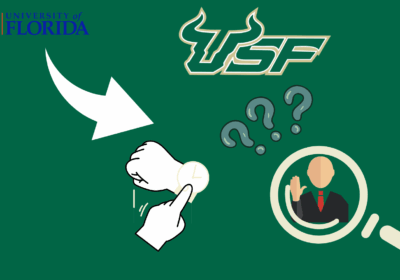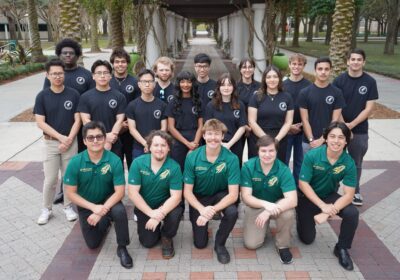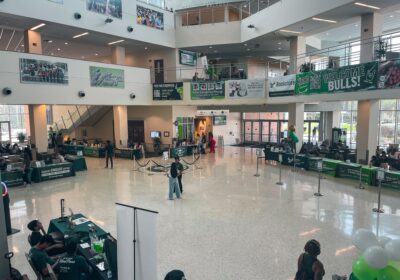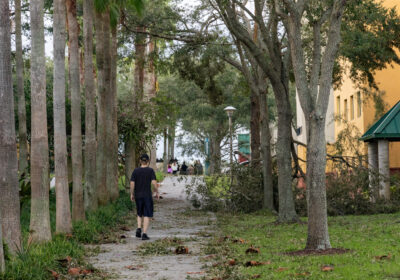USF profs receive multi-million dollar grant to improve communication tech

USF physics professor Darío Arena is leading a multi-institutional research initiative focused on an alternative to wireless communication, a project that recently received over $2.5 million in combined funding from federal agencies.
Arena and his team are especially interested in ferrimagnetic materials because they may work at speeds much faster than current materials — such as fibre optic cables — while still being easy to manipulate.
The funding will support research aimed at enhancing communication technologies by looking at how ferrimagnetic materials work and how they can be used, Arena said.
Innovations that emerge from this research could eventually influence industries such as telecommunications, aerospace and quantum computing to switch to ferrimagnetic materials.
“I see these materials and these combinations we are putting together, they will hopefully be adopted by industries for communication technologies,” Arena said. “I would love to see these materials show up in iPhones and Androids but a lot of it might be behind the scenes.”
Related: USF receives $40M gift for new AI, cybersecurity and computing college
Looking ahead, Arena sees the research contributing to everyday technologies that most people “take for granted”—like Wi-Fi routers, satellite systems and secure data transmission—by making them faster, more efficient and more reliable.
The research specifically seeks to bridge what scientists refer to as the “terahertz gap,” a range of frequencies between microwaves and infrared light that current technology struggles to use effectively, said Arena.
Addressing this gap can improve communication technologies by enabling faster, more secure data transfer across a wide range of devices and systems, according to Johns Hopkins University.
The team was awarded a $2.25 million grant from the Air Force Research Laboratory and an additional $489,964 grant from the National Science Foundation.
The AFRL grants support research tied to national defense interests, especially in developing secure and efficient communication systems, according to the Air Force Research Laboratory.
The NSF grant, while similar in scope, emphasizes fundamental science and national prosperity, according to the National Science Foundation.
Related: USF achieved record-breaking research funding in the first full year at AAU
USF physics faculty members Humberto Rodríguez Gutiérrez and Andreas Müller are also contributing to the research.
Arena said he thinks the team received the grants partly because its members complement each other well.
“That was also about putting together the right team,” Arena said. “By working with two other professors in the USF physics department, we each complemented each other’s skill sets in multiple aspects.”
Arena said getting an NSF grant is “pretty uncommon.”
Only 27% of all grant applications were funded in the mathematics and physical sciences department in 2024, according to NSF. This USF research is part of this department.
Related: USF researchers face uncertainty over NIH grant reductions
The team also collaborates with the University of Central Florida, Morgan State University and the City University of New York, Arena said.
“We formed a team where we do complementary projects,” Arena said. “This became attractive to the Air Force Research Laboratory.”
Arena said this project also aims to provide educational opportunities for students because both undergraduate and graduate students are involved in the research.
“These projects will support at least four different USF graduate students along with multiple post-doctoral researchers which are usually previous USF students,” Arena said.
Although still in early stages, Arena said he believes this project represents a major step forward for USF’s Department of Physics in the study of next-generation materials.
“No one thinks about how your network hub works until it doesn’t,” Arena said. “These types of materials could help support a drastic increase in these capabilities.”
For Arena, the funding represents both recognition of the team’s work and an opportunity to pursue complex, high-impact questions in physics.
With funding secured and foundational work underway, the team will continue refining materials, running experiments and mentoring students as the research evolves, Arena said.







